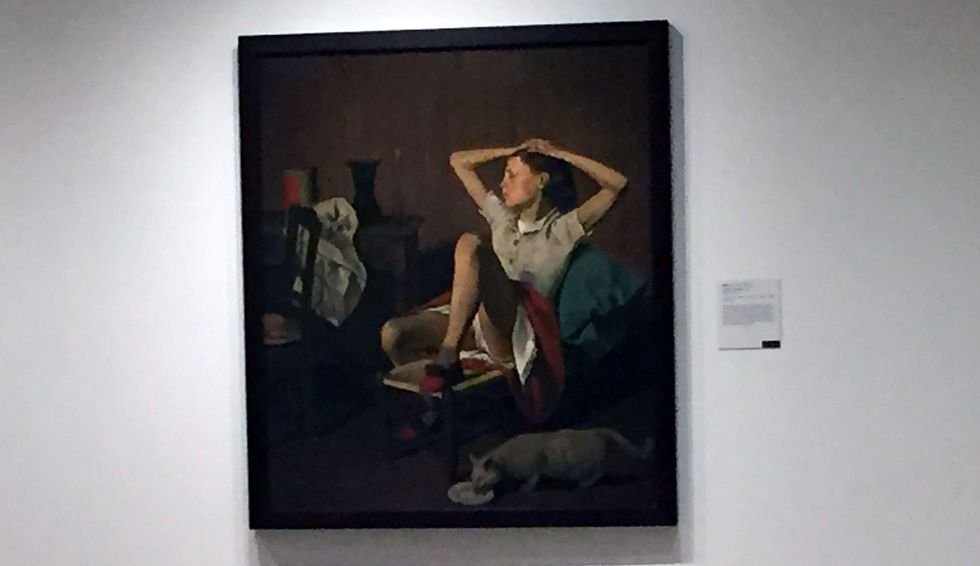The Metropolitan Museum of Art has no plans of taking down the "sexually suggestive" painting of a pubescent girl that prompted an online petition calling for its removal, ArtNet News reported.
"Thérèse Dreaming," painted in 1938 by the artist known as Balthus, features a young girl leaning back in a chair with her leg up and her underwear showing.
The late Polish-French artist, born Balthasar Klossowski, is known for his sexually charged images of young girls. Thérèse Blanchard is the featured girl in "Thérèse Dreaming." It is one painting in a series of 12 — done between 1936 and 1939 — that features the girl alone, according to The Met website.
An online petition was launched two weeks ago by Mia Merrill, a New York City resident, who wrote online that she was "shocked" to see such a painting when she made a recent visit to the museum in New York.
"It is disturbing that The Met would proudly display such an image. They are a renowned institution and one of the largest, most respected art museums in the United States. The artist of this painting, Balthus, had a noted infatuation with pubescent girls, and it can be strongly argued that this painting romanticizes the sexualization of a child," Merrill wrote online.
The petition has garnered more than 11,500 signatures.
What did The Met say?
A spokesman for The Met told ArtNet News in a statement that the controversial art piece is “an opportunity for a conversation” about the “continuing evolution of existing culture."
"Visual art is one of the most significant means we have for reflecting on both the past and the present, and encouraging the continuing evolution of existing culture through informed discussion and respect for creative expression,” the statement said.
Nearly two dozen gallery and museum shows throughout the U.S., as well as in London, Mexico City, Paris, Tokyo, Kyoto, Japan, and Marseille, France, have displayed the work of art, ArtNet reported.
What do art historians say about it?
"It is tempting to equate recent accusations of inappropriate behavior with Balthus’ depiction — and yes, even celebration — of the beauty he observed in a pre-pubescent girl," Amy Herman, a lawyer and art historian, wrote in an op-ed for Quartz.
She continued:
But we must remember that we are looking at the artist’s works through a 21st-century lens, making us prone to imbue the paintings with an immoral significance. While the culprits of the current torrent of accusations are currently in a stupor of apologia and regret, Balthus has only his paintings as a defense. He cannot offer context for his work, so his paintings must speak for themselves.



